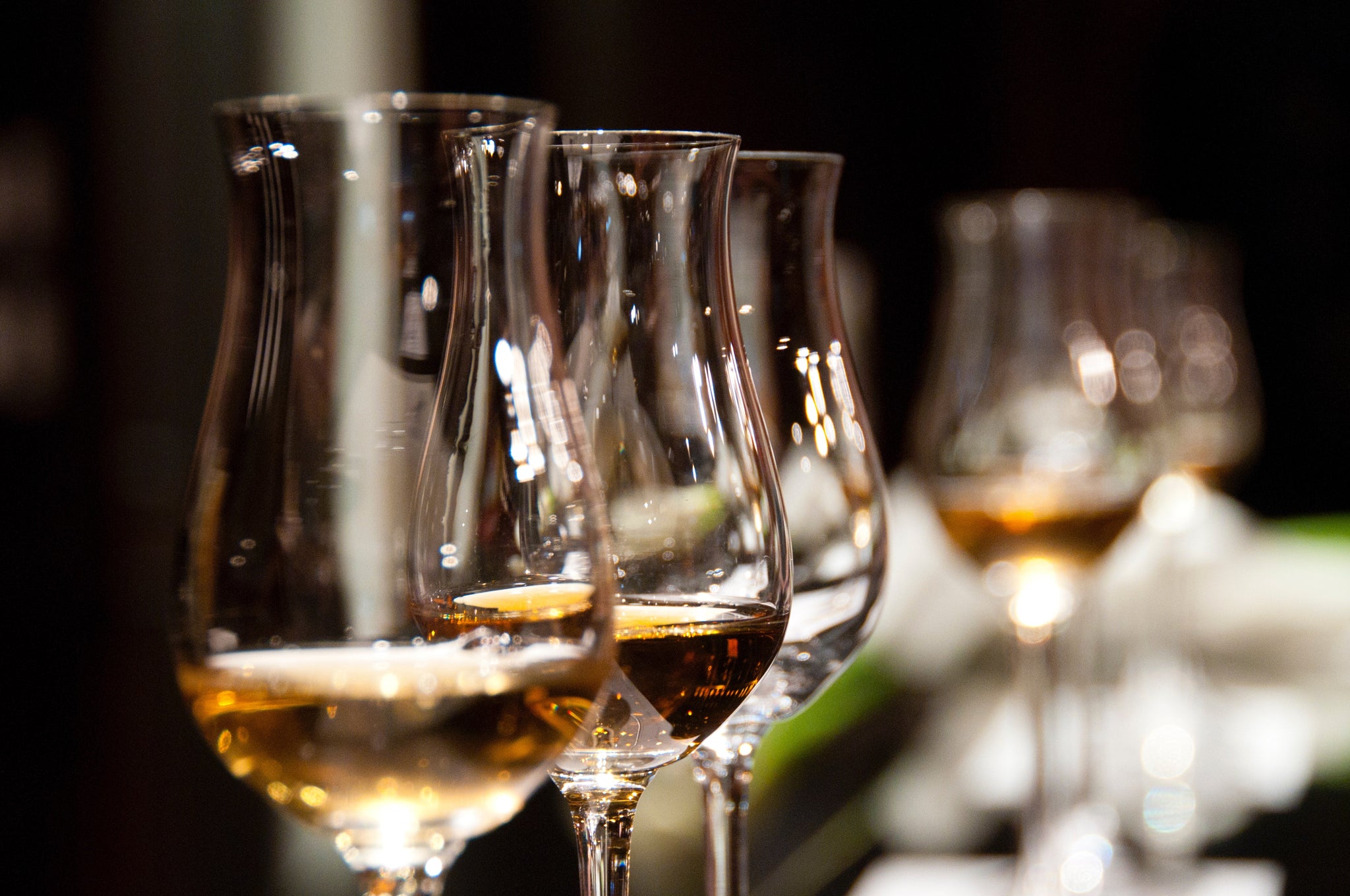Your Cart is Empty
OPEN NOW | Same Day Delivery in London & Next Day Delivery in UK (Gift Options)

The taste of wine depends on the grapes used and factors such as how it was fermented, stored, and even the conditions in which the grapes were grown. These factors control the acidity, sweetness, aroma, tannin level, and even the alcohol volume, which all make up a bottle of wine.
Wine is naturally an acidic drink, thanks to the grapes, which provide its signature tart taste. Wines can differ in acidity, and may well be acidic as a lemon or as subtle as yoghurt. It solely depends on the acid content of the grapes themselves. White wines are generally classed as more acidic, however, words like ‘crisp’ and ‘tart’ are used instead.
Wine grapes contain a high amount of sugar, which is what creates the alcohol in the finished product, while also affecting how sweet the wine is. When wine is described as ‘dry’, that means that it is not particularly sweet.
The natural sugars found in wine mean that a 750ml bottle is, on average, around 600 calories. This works out to 100 calories per small glass, 140 calories per medium glass, and about 200 calories for a large glass of wine. However, the calorie content differs between brands and types of wine, as they all contain varying amounts of sugar.
Tannins are generally found in red wine, and are compounds which alter the taste of the drink. Tannin compounds taste herby and bitter, and give a drying sensation in the mouth, which is why it’s often classed as an astringent. If you put a wet, black tea-bag on your tongue, you’ll get an example of what tannins taste like.
Tannins are found in the skin of the grape, which is why it’s more of a characteristic of red wine rather than white. Tannins also bring out a more bitter taste in cooler temperatures, so the general rule is to avoid serving red wine chilled, as the bitter taste can overpower the flavour of the fruit.
The aromas of wine offer different levels, or ‘notes’, and are typically described as being the wine’s “nose”. This is essentially the smell that’s present in the glass, which can have a big impact on the overall taste. After all, we taste with our noses.
The aromas present in wine can range across any scent, from earthy, woody notes to fruity, floral bouquets.
Alcohol technically doesn’t have a taste. Instead, it gives a mouthfeel which can coat the palate, and feel spicy and warming. The stronger a wine is, the more of this mouthfeel you’ll experience and, of course, the more you’ll physically feel the alcohol in your system.
The alcohol content of a bottle of wine can range anywhere from 10% - 15% ABV but there are some exceptions. Moscato, for example, is sweet and has a low alcohol content at 5% - 7%.
Meanwhile, Port is fortified with brandy, which gives it a higher alcohol percentage of around 20%. This difference in alcohol also means that the units in a bottle of wine differ slightly. However, on average, a 750 ml bottle of red, white, or rose wine at 13.5% ABV will contain 9.8 units of alcohol. One standard bottle of wine gives you about six glasses of wine at 125ml per serving.
So, if you fancy a bottle of wine tonight, take a look at our bestsellers or our full range of wines.
Comments will be approved before showing up.